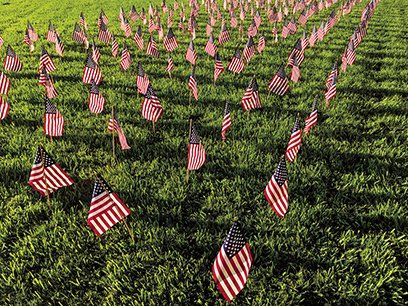Expecting parents will soon have a lot on their plate. Taking steps to safeguard a home before their babies are born can make the transition to parenthood that much easier.

New parents face a host of new and unique challenges when they bring their babies home for the first time. Lack of sleep and dirty diapers are two well-known challenges parents must confront when caring for newborns. While those hurdles must be cleared after babies are born, other potential issues can be dealt with while parents are awaiting the arrival of their children. Prior to getting pregnant, parents expecting for the first time may not have given much thought to how safe their home is for children. But with a baby on the way, safety must be the utmost priority at home. Home injuries pose a bigger threat than expecting parents may realize, as Stanford Children’s Health reports that roughly 2,000 children ages 14 and under die each year as a result of injuries sustained at home. Thankfully, many home injuries can be prevented. Expecting parents can get a head-start on being moms and dads by taking various steps to make their homes safer before their babies are born.
Conceal cables and cords.
Cables and cords pique kids’ curiosity. Pulling on cables and cords can put young children in the path of falling objects or increase their risk for injuries involving electrical wires and outlets. Cable and cord concealers are inexpensive and easily installed. Often used to cover cords hanging down from mounted televisions, concealers also can be used to hide cords coming from computers, lamps and other items that can pose a threat to young children.
Avoid hand-me-down kids’ furniture.
When furnishing a children’s nursery, it’s best for parents to avoid hand-me down furniture. The older a piece of furniture is, the less likely it is that the item will meet current safety guidelines. Some parents may be tempted to let their children sleep in the same crib they slept in as kids decades ago, but it’s safer to eschew nostalgia in favor of products that meet the latest safety standards.
Get rid of potential choking hazards.
The National Safety Council and the National Center for Injury Prevention indicate that airway obstruction injuries are the leading cause of unintentional injury-related deaths among infants less than 12 months old. Prior to bringing their babies home, expecting parents can remove all small trinkets and other items that curious children may want to put in their mouths. When buying toys for kids, read the packaging to make sure each item is safe for babies and avoid buying or accepting any gifts with small pieces.
Store all medicines on high shelves behind cabinet doors.
Vitamins and medicines should be stored on high shelves behind cabinet doors. If kids can see them, they’ll likely try to grab them. In fact, the NSC reports that children ages 19 and under account for roughly 8,000 fall-related emergency room visits every day. Hiding medicines on high shelves behind closed cabinet doors reduces the risk that kids will be poisoned and suffer a fall-related injury.


